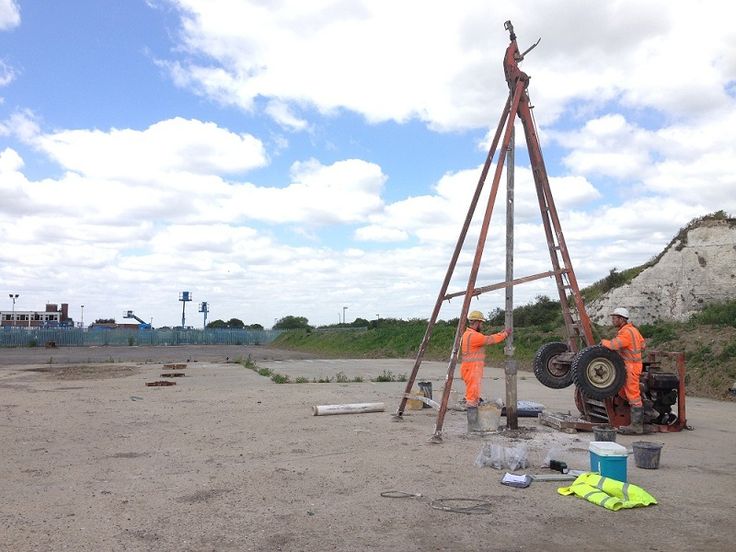Conducting a detailed site investigation (DSI) is crucial for any construction or development project. Whether you’re assessing a new site for potential risks or evaluating an existing structure for renovation, a comprehensive DSI can help ensure the safety, sustainability, and success of your project detailed site investigation. In this blog post, we’ll explore key techniques that can enhance the effectiveness of your site investigations.

1. Pre-Investigation Planning
Before any physical work begins, thorough planning is essential. This involves:
- Defining Objectives: Clearly outline what you aim to achieve with the investigation. Are you assessing soil stability, contamination levels, or structural integrity?
- Gathering Background Information: Review historical data, previous site assessments, and local regulations. Understanding the site’s history can provide valuable insights into potential issues.
2. Utilizing Geotechnical Surveys
Geotechnical surveys are foundational for understanding the subsurface conditions. Techniques include:
- Soil Sampling: Collect samples at various depths to analyze soil composition, moisture content, and compaction.
- Borehole Drilling: Create boreholes to obtain deeper insights into soil layers and groundwater levels. This can help in assessing the load-bearing capacity of the soil.
3. Environmental Assessments
Assessing environmental conditions is vital, especially for sites with potential contamination. Key techniques include:
- Phase I Environmental Site Assessment (ESA): Conduct an initial assessment to identify potential environmental liabilities by reviewing records, conducting interviews, and performing a site walkthrough.
- Phase II ESA: If Phase I indicates potential issues, a Phase II assessment involves more detailed sampling and testing of soil, groundwater, and other environmental media.
4. Geophysical Techniques
Geophysical methods can provide non-invasive insights into subsurface conditions. Techniques include:
- Ground Penetrating Radar (GPR): This method uses radar pulses to image the subsurface, revealing structures, utilities, and soil anomalies without drilling.
- Electrical Resistivity Tomography (ERT): ERT helps in mapping subsurface materials by measuring the resistance of soil and rock layers to electrical current.
5. Hydrological Studies
Understanding the hydrology of a site is crucial for assessing risks like flooding and erosion. Techniques include:
- Hydrological Modeling: Use software to simulate water flow and assess how it interacts with the site’s features.
- Monitoring Water Levels: Install piezometers to monitor groundwater levels and assess seasonal variations.
6. Structural Assessments
For existing structures, thorough evaluations are necessary to ensure safety and compliance. Techniques include:
- Visual Inspections: Conduct detailed visual assessments to identify visible signs of distress, such as cracks, corrosion, or settlement.
- Non-Destructive Testing (NDT): Use methods like ultrasonic testing or infrared thermography to assess the integrity of materials without causing damage.
7. Stakeholder Engagement
Engaging stakeholders early in the investigation process is vital. This includes:
- Consulting Local Authorities: Understand regulations and requirements that may impact your investigation.
- Involving the Community: If applicable, engage local residents to gather insights and address any concerns they may have about the site.
8. Data Analysis and Reporting
Once data is collected, it’s essential to analyze and report findings clearly and comprehensively. Techniques include:
- Data Visualization: Use maps, graphs, and charts to present findings in an easily digestible format.
- Recommendations: Provide actionable recommendations based on the data collected, addressing potential risks and mitigation strategies.
Conclusion
Effective detailed site investigations are critical for informed decision-making in construction and development projects. By implementing these key techniques—ranging from thorough planning and advanced surveying methods to stakeholder engagement and data analysis—you can enhance the quality and reliability of your investigations. Remember, a well-executed DSI not only safeguards your project but also contributes to sustainable development and community well-being.